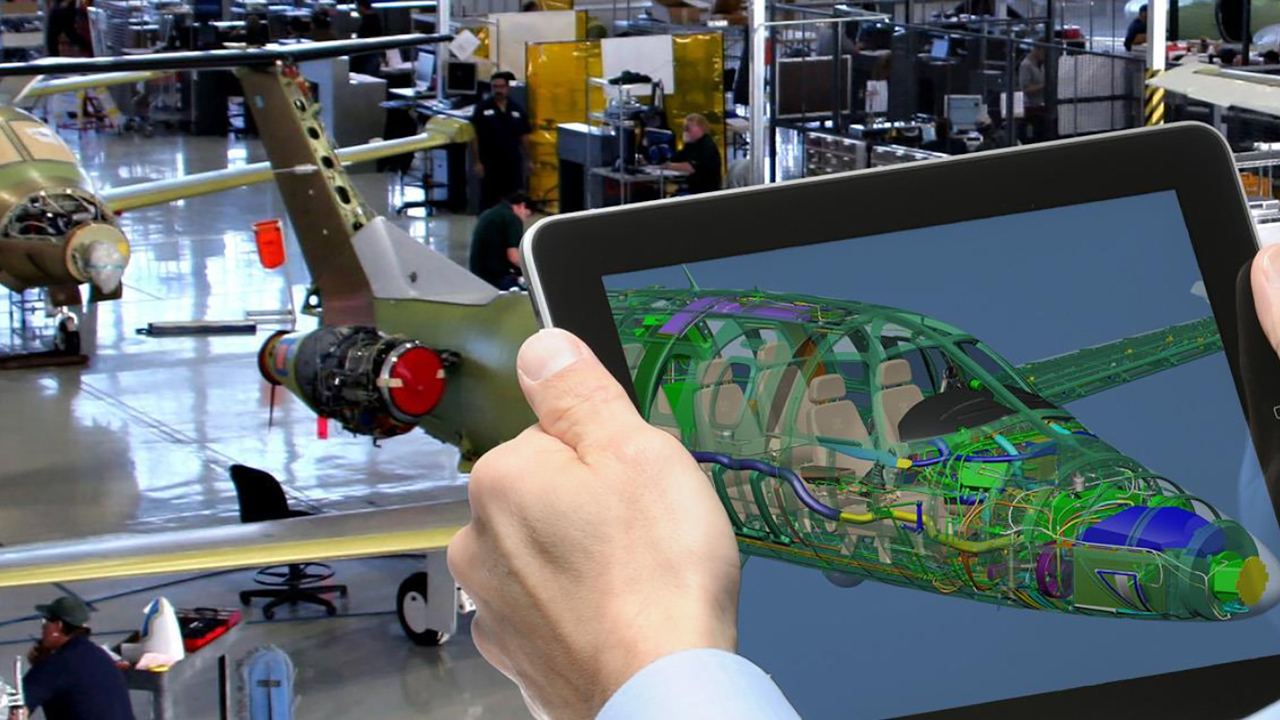As aerospace and defense continue to advance, the demand for reliable and efficient products grows. A crucial part of this industry is printed circuit boards (PCBs).
PCBs are a key component in many aerospace and defense applications due to their ability to withstand harsh environments, provide greater reliability, and offer superior performance compared to other components. As the need for high-quality PCBs continues to increase, companies must understand how they can meet the requirements of these critical applications.
In this article, we will explore what makes PCBs suitable for use in aerospace and defense as well as how companies can ensure they are meeting all standards when producing them.
Ensuring Reliability and Durability for Aerospace PCBs
Aerospace and defense applications require PCBs that are reliable, durable, and able to withstand extreme conditions. To meet these demanding requirements, manufacturers must ensure their products have superior quality control protocols in place; this includes selecting the best materials for production such as high-temperature laminates for use in hot climates or areas exposed to UV radiation. In addition to material selection, rigorous testing of all components is also essential; this ensures any weaknesses in design can be identified before being put into production.
Finally, regular maintenance checks should be conducted on existing units to guarantee optimal performance over time. By taking these precautions when creating and maintaining aerospace PCBs, engineers can provide the reliability and durability required by today’s advanced defense systems.
Meeting High-Temperature Requirements in Defense Applications

When it comes to Aerospace and Defense, meeting high-temperature requirements is essential for ensuring quality performance. These applications tend to have extreme temperatures that can change quickly, which makes the right materials critical for success in these industries.
Printed Circuit Boards (PCBs) are specifically designed and manufactured with temperature control as a priority, meaning they are capable of functioning reliably even when subjected to harsh environmental conditions such as rapid temperature changes or exposure to damaging chemicals or other substances. The use of PCBs in Aerospace and Defense provides enhanced reliability because they provide superior thermal stability over components made from traditional materials like ceramic capacitors and resistors.
The design of PCBs also allows them to dissipate heat more efficiently than other technologies – an important consideration when it comes to high-temperature defense applications that demand consistent performance under pressure. Additionally, their compact size means engineers can fit more functionality into the same space while maintaining reliable operation at peak temperatures – something not achievable with many conventional solutions.
For Aerospace and Defense applications where failure is not an option, PCBs offer a dependable solution for meeting high-temperature requirements without sacrificing safety or performance standards. From mission-critical navigation systems needing superior heat dissipation capabilities down to consumer electronics requiring smaller form factors – PCB technology has become an indispensable part of modern-day aerospace engineering achievements both on Earth and beyond our atmosphere!
Addressing Design Challenges for Small Form Factor PCBs
The design of small form factor printed circuit boards (PCBs) for aerospace and defense applications is a complex challenge. With the need to meet tight space constraints, while still providing high reliability in harsh environments, understanding these challenges is crucial for success.
To ensure PCBs are designed with optimum performance in mind, designers must take into account several factors such as system requirements, component selection, and board layout optimization. Additionally, they must consider how the characteristics of small form factor PCBs affect their design choices.
In terms of size limitations, there are two key considerations: mounting space restrictions and signal trace length limits. Mounting space can be limited when dealing with large components or higher pin count packages which require more room on the board surface for proper assembly.
Similarly, long signal traces may present problems due to power losses caused by resistance within the trace material itself or from external electromagnetic interference (EMI). These issues can be addressed through careful selection of components that fit within available mounting spaces and designing accurate impedance-controlled transmission lines to limit EMI effects.
Furthermore, specialized materials such as laminates with higher dielectric constants or increased thermal conductivity can help minimize power losses associated with longer traces or reduce heat buildup during operation respectively. Finally, board layout techniques should also be used where possible to improve overall performance without compromising on end-user goals and objectives—such as increasing functionality while reducing size requirements whenever feasible!
Optimizing Performance with Advanced Materials and Processes

In the aerospace and defense industries, performance is paramount. As such, PCBs used in these applications must meet the highest standards of reliability and durability.
To achieve this level of excellence, advanced materials and processes are often employed to optimize performance. Metallic substrates such as copper-clad aluminum or aramid fiber are frequently used for their superior strength qualities compared to traditional FR4 boards. Specialized laminates featuring low dielectric constant materials can also be utilized to reduce signal loss while maintaining signal integrity at higher frequencies.
Novel treatments like laser ablation or plasma etching can then be applied to further customize components on a micron scale with greater precision than ever before possible. Finally, state-of-the-art fabrication techniques provide efficient production capabilities that guarantee consistent quality control over each board produced, ensuring every application reaches its full potential with minimal risk of failure due to manufacturing faults or defects.
With all these advanced materials and processes combined in one package, PCBs designed specifically for use in aerospace and defense become powerful tools capable of delivering unmatched results even when subjected to extreme conditions beyond those found outside laboratory settings.
Conclusion
.
The aerospace and defense sector has continuously pushed the boundaries of technology and innovation, requiring reliable PCB solutions for critical applications.
To meet these demands manufacturers are turning to advanced production techniques such as Backdrill PCB Technology that utilizes multiple layers of copper foil bonded together with a dielectric material to reduce noise crosstalk between circuits, decrease susceptibility to shock & vibration, and provide superior electrical performance over other traditional methods. This technology is allowing aerospace and defense industries around the world to use more sophisticated designs while maintaining high-quality standards for their products.
With its unparalleled capabilities, Backdrill PCB Technology is helping revolutionize the industry by meeting the demand for reliable electronics in mission-critical applications.


